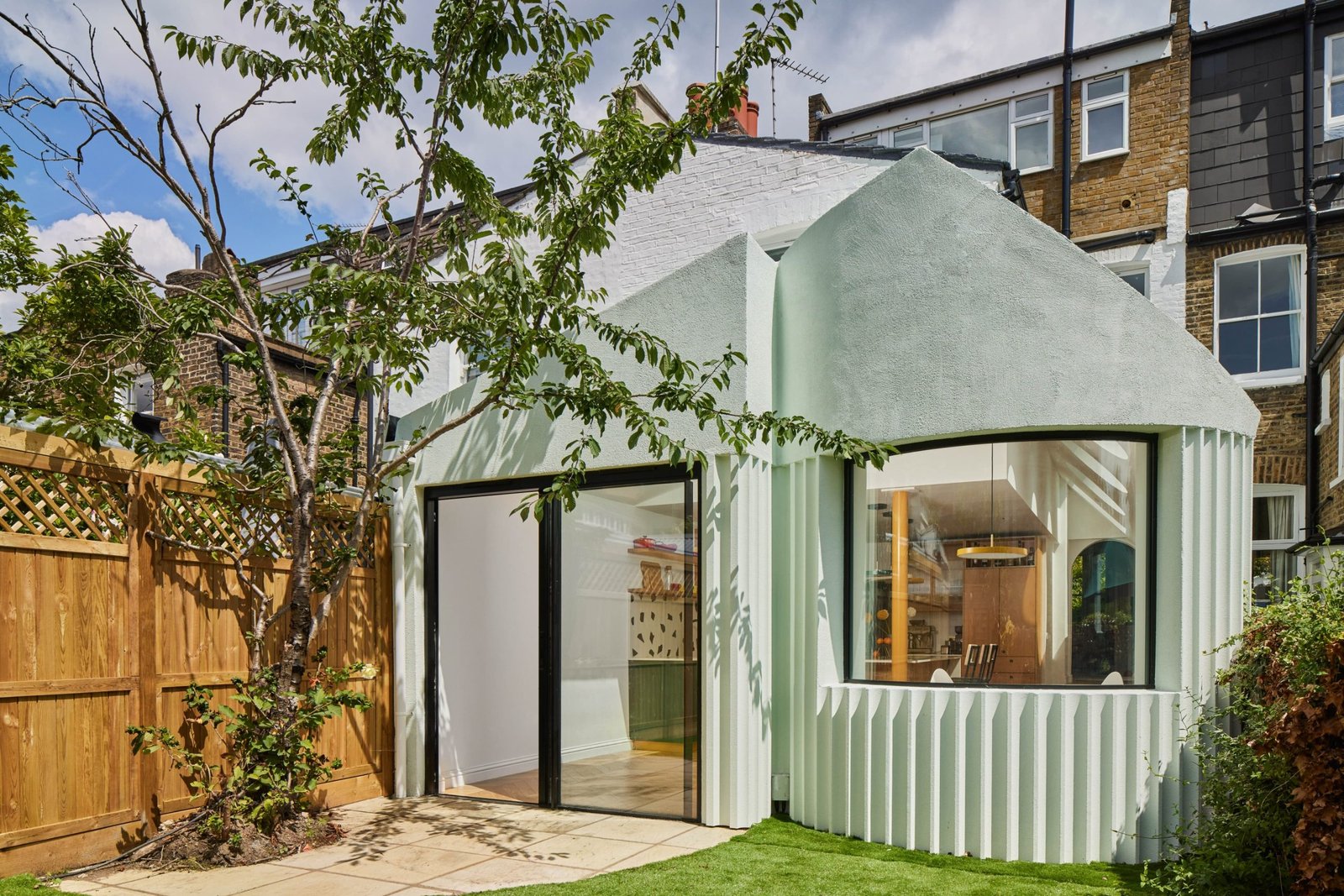Curved glass is a distinctive architectural feature that offers both aesthetic beauty and functional benefits. Unlike traditional flat glass, curved glass is shaped to create smooth, flowing lines, which can be used to enhance the design of windows, facades, or partitions. It allows designers to break away from the rigid, angular lines often seen in contemporary structures, offering a more fluid and organic appearance. This ability to bend and form to various shapes makes it perfect for creating unique visual statements in both interior and exterior design.

Design Flexibility and Visual Appeal
One of the most striking features of curved glass is its ability to create a sense of openness and continuity within a space. Whether it’s used for expansive curved windows or for smaller, intricate details, curved glass adds a level of sophistication and elegance. It can be used to form smooth transitions between different parts of a building or to highlight focal points, such as curved staircases or glass railings. The natural curvature also allows for more panoramic views, creating an immersive experience for the occupants and allowing for maximum light to flood the space.
Energy Efficiency and Comfort
Curved glass also plays a role in improving a building’s energy efficiency. When paired with modern glazing systems, it can contribute to better insulation, reducing heat loss in cooler months and helping to maintain a more stable indoor temperature year-round. Additionally, the curvature of the glass helps reduce glare and diffuses sunlight, allowing natural light to fill the space without causing discomfort or overheating. This contributes to a more pleasant living or working environment while potentially lowering energy costs by reducing reliance on artificial lighting and air conditioning
Enhanced Structural Performance
Beyond its visual appeal, curved glass offers excellent structural benefits. It provides enhanced strength compared to flat glass, as the curvature helps distribute stress more evenly. This makes it a durable option for large panels, such as those used in facades or skylights. Curved glass also offers more flexibility in its use, as it can be designed to meet specific load-bearing requirements, making it suitable for a wide range of applications, from residential homes to commercial buildings.
FAQs About Curved Glass
Is curved glass as strong as flat glass?
Yes, curved glass can actually be stronger than flat glass in some applications. The curvature helps to distribute stress more evenly, enhancing its structural integrity. When manufactured with laminated or toughened processes, curved glass becomes even more durable.
Can curved glass be customised for different designs?
Absolutely. Curved glass can be tailored to fit a variety of radii, shapes, and dimensions, making it ideal for everything from expansive windows to decorative interior features. Custom finishes such as tinted, frosted, or patterned glass are also available.
Does curved glass improve energy efficiency?
Yes. When combined with insulated glazing units or low-emissivity coatings, curved glass can provide better thermal insulation and help reduce heat transfer. Its shape can also minimize glare while maximizing natural light, improving indoor comfort and lowering energy costs.
Where is curved glass commonly used?
Curved glass is popular in a wide range of applications, including windows, doors, staircases, balustrades, shower screens, and glass partitions. It’s widely used in modern homes, commercial buildings, and even retail spaces to create a sleek, contemporary look.